Optimal Timing for Concrete Driveway Replacement
Spring offers moderate temperatures and lower humidity, ideal for concrete curing. Scheduling during this season can reduce the risk of delays caused by adverse weather.
Summer provides longer daylight hours and warm weather, but excessive heat can cause rapid drying. Proper planning and hydration are essential for successful installation.
Fall allows for installation before colder temperatures set in. Cooler weather can slow curing, so timing is crucial to prevent cracking or improper setting.
Winter is generally unsuitable for concrete driveway replacements due to freezing temperatures and snow. Cold weather hampers curing and increases the risk of damage.
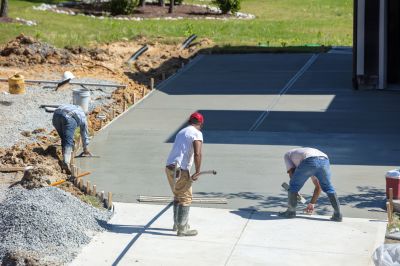
Concrete pouring during spring benefits from optimal weather conditions.
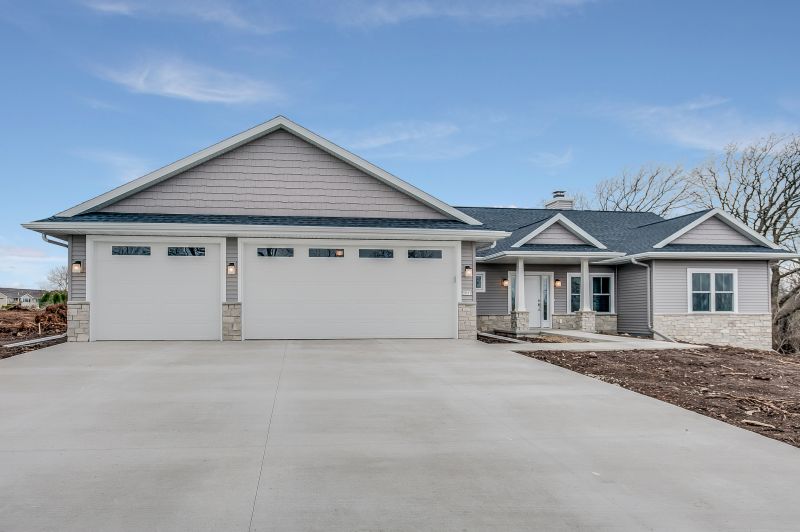
Summer allows for flexible scheduling but requires precautions against heat.
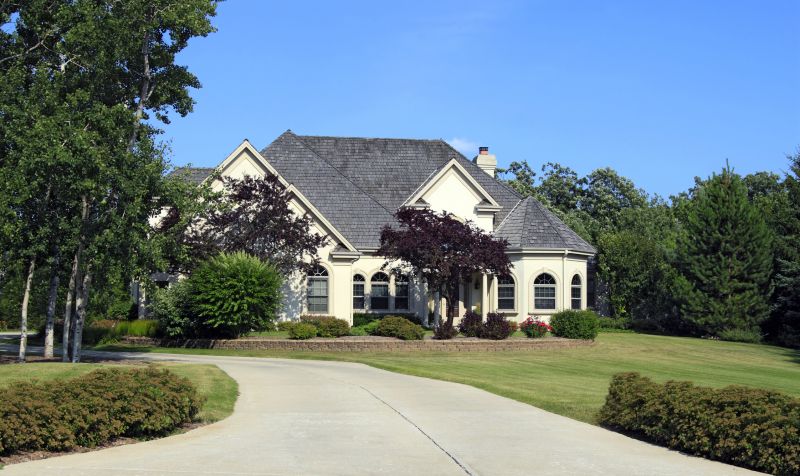
Fall installations should be completed before cold weather arrives.
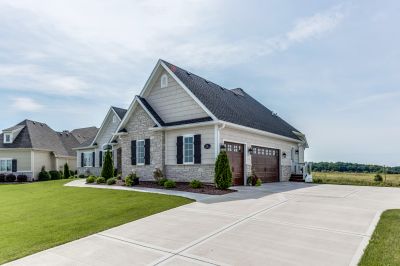
Ways to make Concrete Driveway Replacements work in tight or awkward layouts.

Popular materials for Concrete Driveway Replacements and why they hold up over time.

Simple add-ons that improve Concrete Driveway Replacements without blowing the budget.
Concrete driveway replacements involve removing existing pavement and installing a new surface designed for durability and visual appeal. Proper timing ensures the concrete cures correctly, minimizing cracking and surface imperfections. Weather conditions influence the curing process; excessive heat can cause rapid evaporation, leading to surface cracking, while cold temperatures can prevent proper setting. Planning installation during favorable weather conditions enhances the longevity of the driveway and reduces the need for repairs.
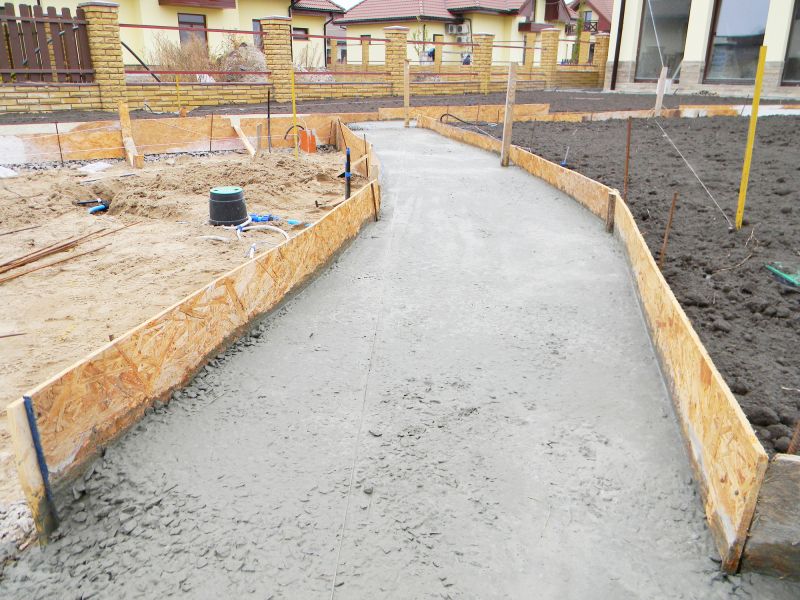
A freshly replaced concrete driveway ready for use.
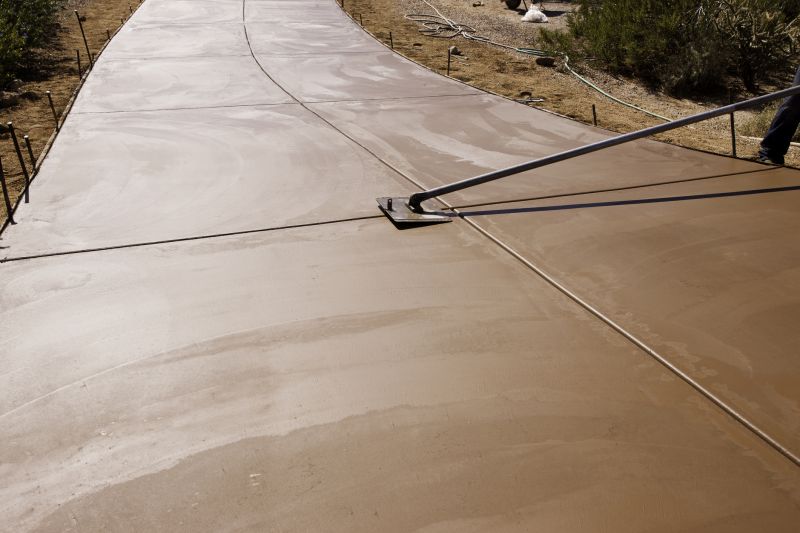
Proper curing ensures strength and durability.
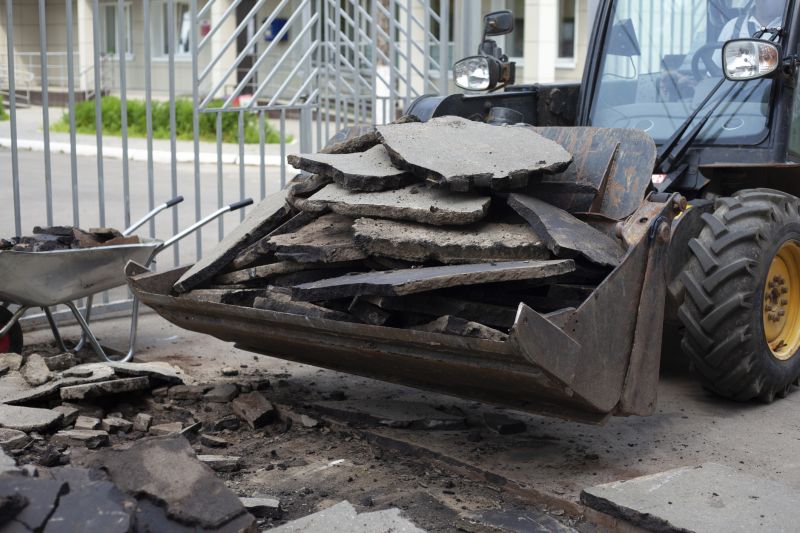
Removing old pavement prepares the site for new installation.

A smooth, durable surface after completion.
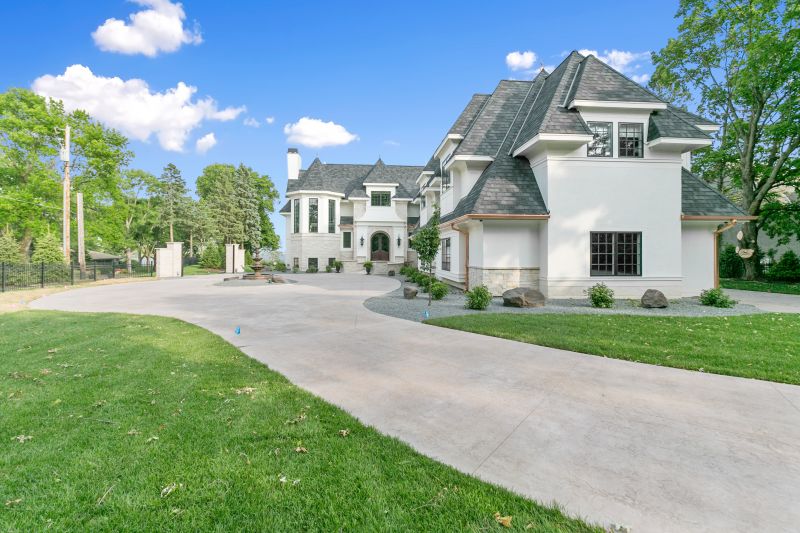
High-end options that actually feel worth it for Concrete Driveway Replacements.
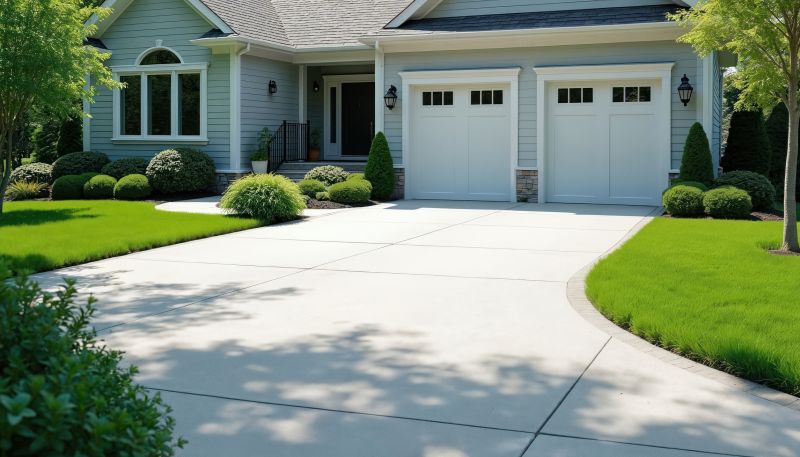
Finishes and colors that play nicely with Concrete Driveway Replacements.
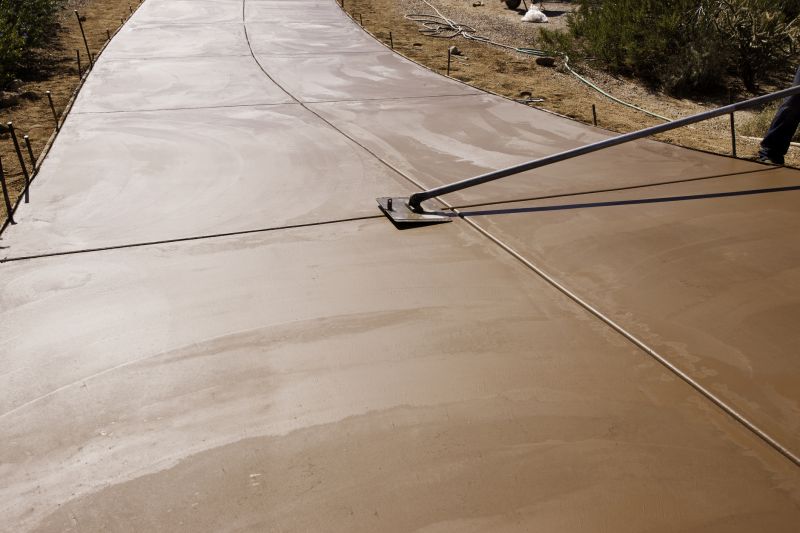
Little measurements that prevent headaches on Concrete Driveway Replacements day.
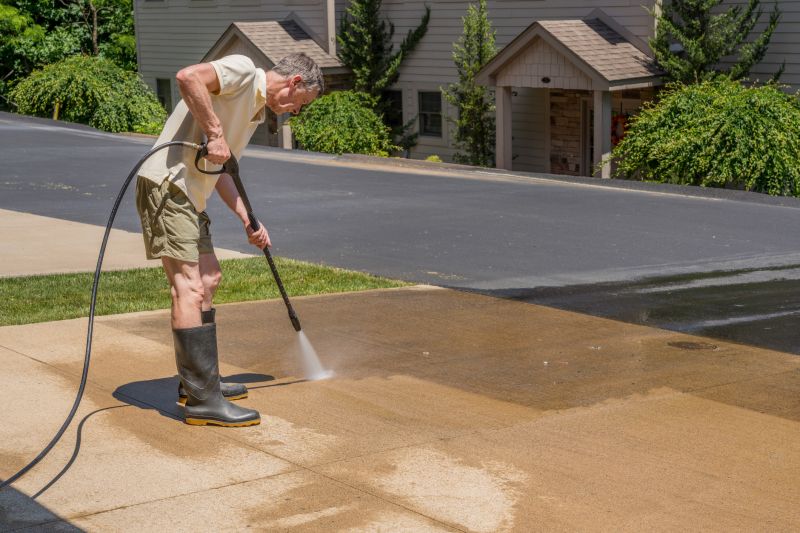
A 60-second routine that keeps Concrete Driveway Replacements looking new.
| Season | Ideal Conditions |
|---|---|
| Spring | Moderate temperatures, low humidity, optimal curing conditions. |
| Summer | Warm weather, longer days; requires precautions against rapid drying. |
| Fall | Cooler temperatures, ideal before cold weather sets in. |
| Winter | Freezing temperatures, generally unsuitable for replacement. |
Timing concrete driveway replacements carefully can enhance the durability and appearance of the new surface. Consulting with professionals about seasonal considerations helps ensure installation occurs under optimal conditions. Proper planning minimizes delays and reduces the risk of surface defects caused by weather-related issues.
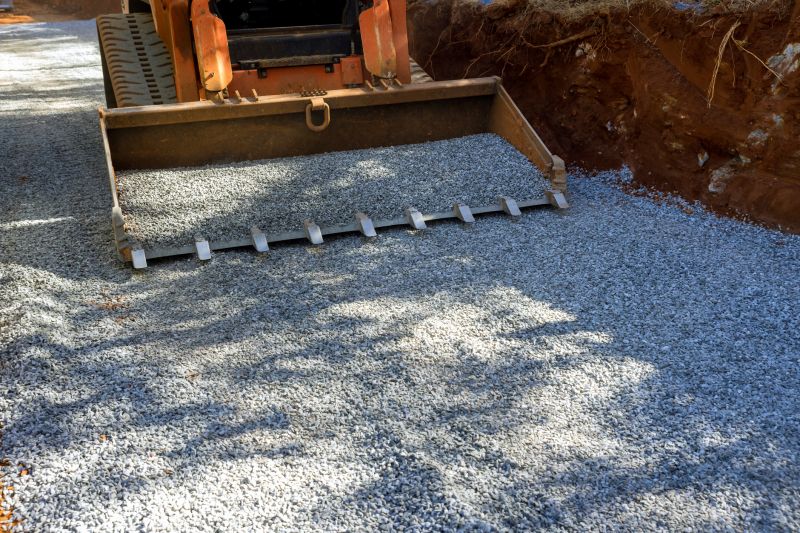
Machinery used during driveway replacement.

A completed concrete driveway ready for use.
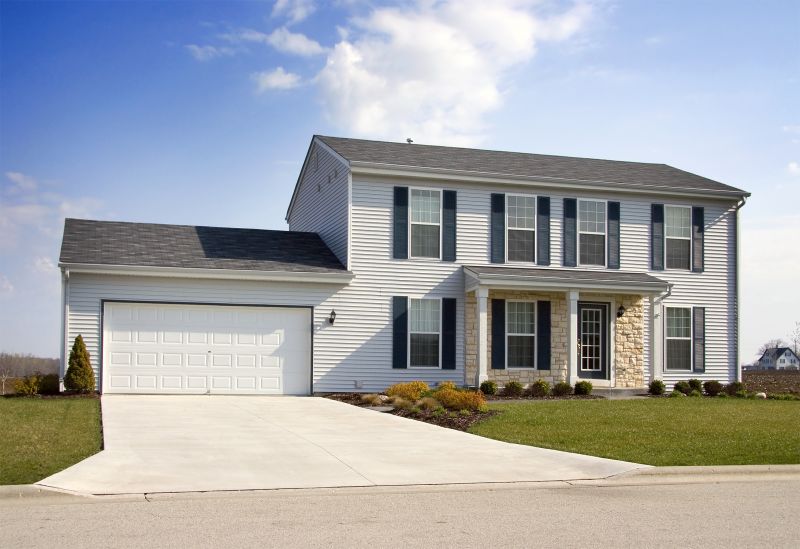
Weather conditions influence installation success.
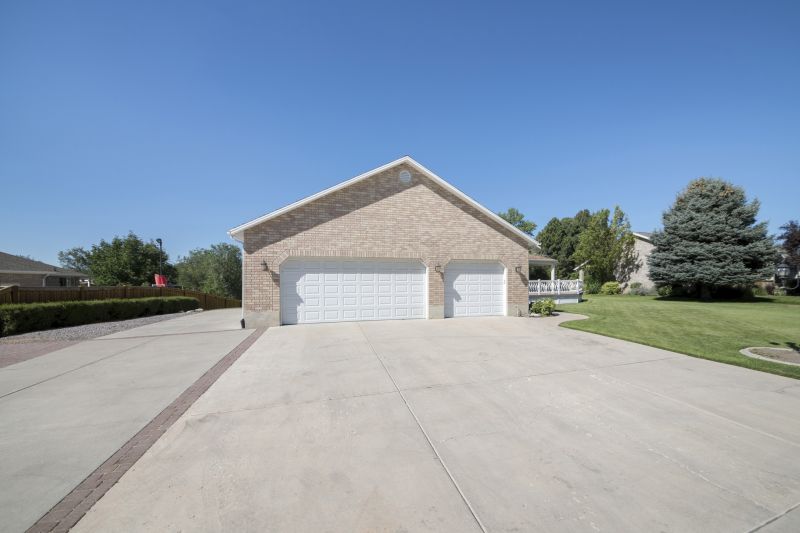
A frequent mistake in Concrete Driveway Replacements and how to dodge it.
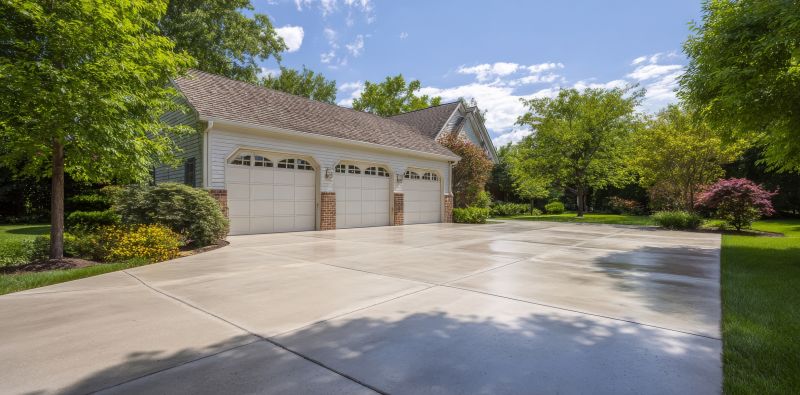
Small tweaks to make Concrete Driveway Replacements safer and easier to use.
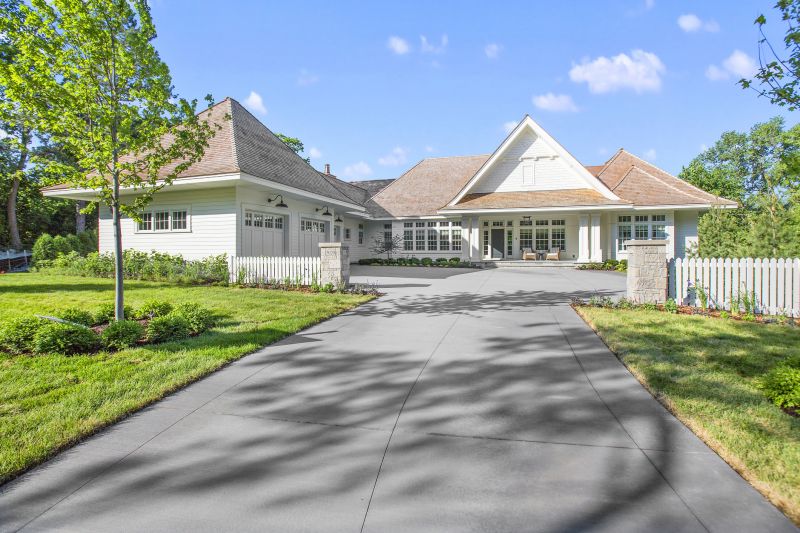
Lower-waste or water-saving choices for Concrete Driveway Replacements.
Interested in scheduling a concrete driveway replacement? Filling out the contact form can provide more information and assistance in planning the project at the most suitable time for specific conditions.



